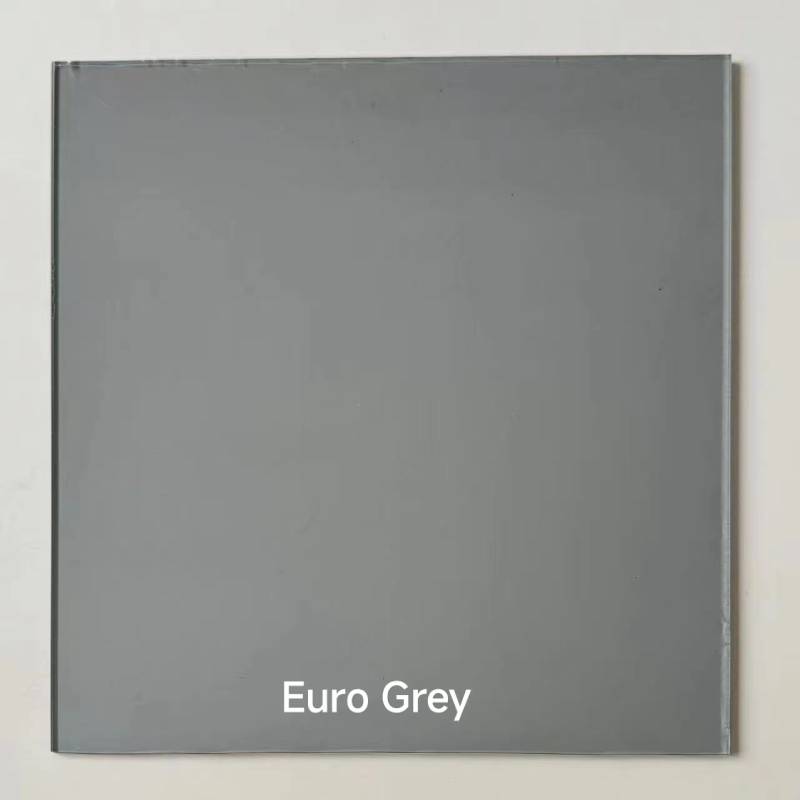

Understanding China’s Clear Float Glass Industry
Clear float glass is a fundamental material used in a wide range of industries, including construction, automotive, and home furnishings. China's clear float glass industry has gained significant momentum over the past few decades, leading to its position as one of the largest producers and exporters of glass products worldwide. The manufacturing process of clear float glass is renowned for its unique technique that ensures high clarity and uniform thickness, making it a sought-after choice for various applications.
The clear float glass production process typically involves melting silica sand, soda ash, and limestone at high temperatures (around 1600 degrees Celsius). This molten glass is then floated on top of molten tin, which gives it its name float glass. The tin’s surface forms a smooth, reflective layer, ensuring that the final product is free of distortion and defects. The resultant glass sheets can be manufactured in various thicknesses and sizes, providing versatility for different uses.
Understanding China’s Clear Float Glass Industry
Moreover, the increasing urbanization and infrastructure development in China have fueled the demand for clear float glass. As cities expand and new buildings rise, the need for attractive and energy-efficient glass solutions has grown. Clear float glass is especially popular for large windows and facades, providing natural light and aesthetic appeal. Additionally, the push for green building standards has led to a rise in demand for energy-efficient glass products, such as low-emissivity (Low-E) coated float glass, which is designed to minimize heat transfer and reduce energy consumption.

Export trends also highlight the significance of China’s clear float glass industry. The country exports to various regions, including North America, Europe, and Asia-Pacific. Quality assurance systems and competitive pricing have positioned China as a key player in the global glass market. Indian and Southeast Asian markets, in particular, have shown increased consumption, driven by their booming construction sectors.
However, despite its growth, the clear float glass industry in China faces several challenges. Environmental regulations have become stricter, pushing manufacturers to adopt more sustainable practices. The production of float glass is energy-intensive and has a significant carbon footprint, prompting companies to seek ways to reduce emissions and waste. Additionally, international trade tensions and competition from other glass-producing countries could impact China's market share.
In response to these challenges, many Chinese manufacturers are exploring innovative solutions, such as incorporating recycled materials in production, investing in energy-efficient technologies, and enhancing product lines to include smart glass—thermochromic or electrochromic glass that can change properties in response to environmental conditions.
In conclusion, the clear float glass industry in China reflects a dynamic sector with promising growth potential amid challenges. The combination of abundant resources, advanced technology, and increasing demand from various industries positions China as a leader in the global float glass market. As the industry evolves, embracing sustainability and innovation will be key to maintaining its competitive edge and meeting future demands.